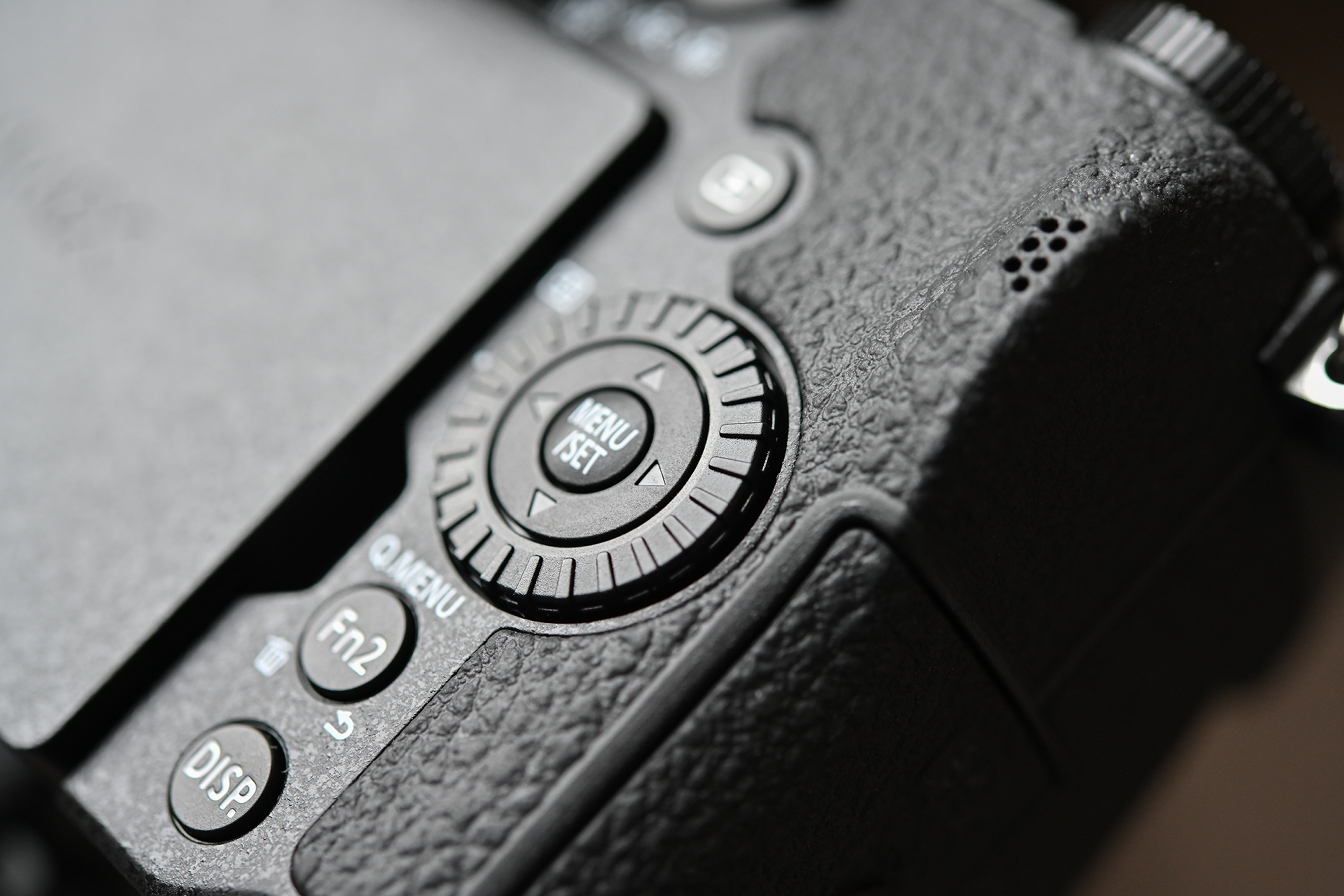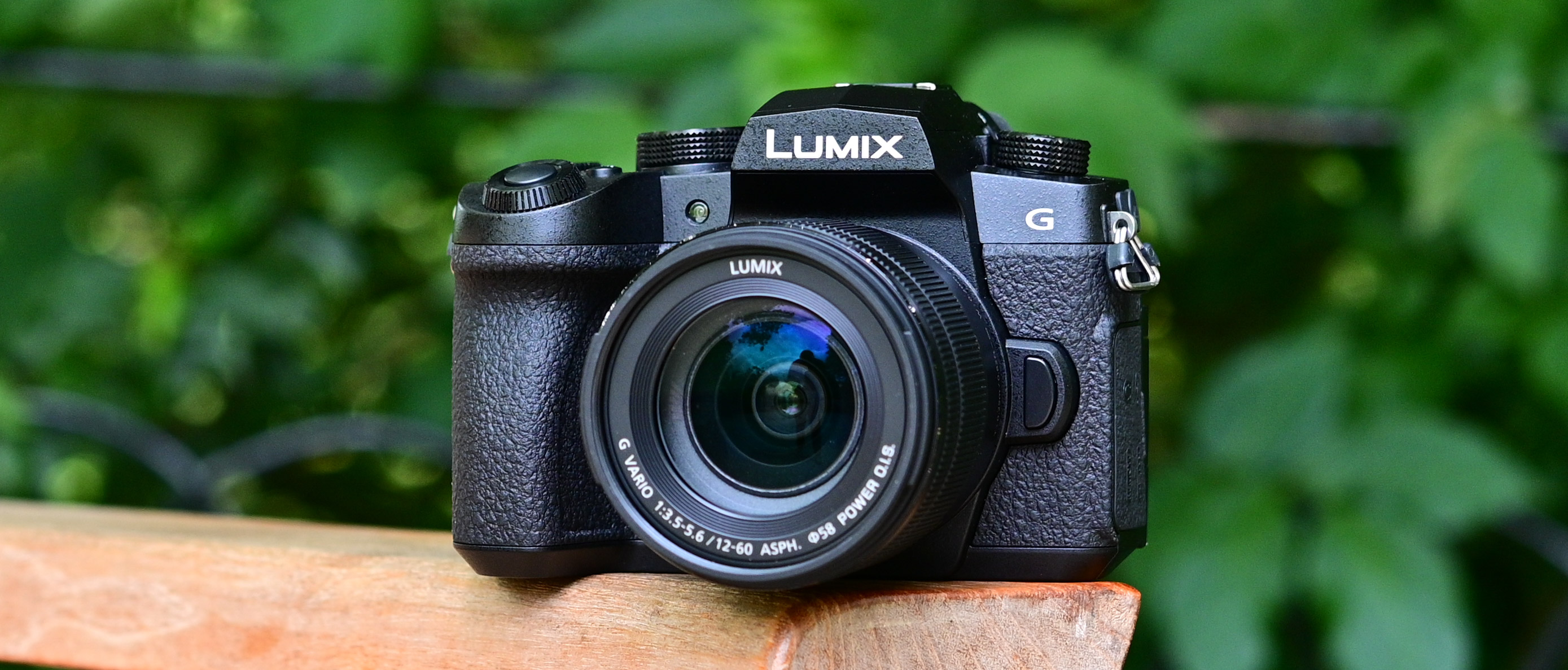Why you can trust TechRadar
Build and handling
- Magnesium alloy front plate
- Dust- and splash-resistant construction
- DSLR-style design with twin command dials
The Panasonic G95 /G90 has been crafted with a DSLR-like design, with a centrally placed viewfinder, and a substantial grip and twin command dials for speedy and convenient operation. The ergonomics and usability are said to be improved over the G85 / G80, and possibly because of this the new camera is a tiny bit larger in every dimension (and a touch heavier too).
That's great if you want to use longer lenses, as you'll have good support from the generous grip, but if you don't you might want to look towards the GX series cameras like the GX9.
While it's smaller than the G9, the G95 /G90 isn't exactly small for a Micro Four Thirds body; placing the camera body next to the full-frame Nikon Z6 shows them to be roughly the same size – although you do benefit from far smaller lenses for the G95.

Image credit: TechRadar

Image credit: TechRadar

Image credit: TechRadar

Image credit: TechRadar
Even so, it manages to be relatively lightweight while feeling very well constructed. The rubber used around the grip and on the back plate has a coarse texture that makes getting a good hold on the camera easy, while the command dials move in clear and coarse increments. The various buttons around the body are also a touch larger and better marked than on the G85, and all give good feedback when pressed.
There's little to fault overall, although one small thing that irks is the menu pad dial, both because it's relatively flush with the rubber surround, and also because of its proximity to the LCD screen (as you can see in the third image above), which makes it difficult to turn without constantly hitting the panel.
Autofocus
- Contrast-detect AF with Depth From Defocus (DFD)
- Face and Eye Detection
- -4EV - 18 working range
Glance at the spec sheet and it appears as though Panasonic hasn't made any significant changes to the G95 /G90's autofocus system over the G85's. It's still based on the contrast-detect AF principle, and it still makes use of Depth From Defocus (DFD) technology, which compares two images with different depths of field to quickly drive the system to where it needs to be, although this is said to have been tweaked for the new model.
Even when lighting conditions aren't great, the camera is capable of focusing almost as soon as you've half-pressed your finger on the shutter-release button
The AF working range's lower measurement of -4EV indicates that it should work well when lighting conditions drop, although the continuing absence of phase-detect AF is something that marks out Panasonic's models from its peers, all of which now use both phase- and contrast-detect systems in a hybrid-focusing setup.
Does this matter? Most of the time, no. Panasonic's previous models have had very speedy autofocusing systems, and the G95's appears to be just as sprightly. Even when lighting conditions aren't great, the camera is capable of focusing almost as soon as you've half-pressed your finger on the shutter-release button, regardless of where the focusing point is in the frame.
The only time AF performance is likely to grate is when you're using continuous focusing, where the scene wobbles in the viewfinder and on the LCD screen as the system racks back and forth, and also during video recording (discussed on the next page).
Current page: Build, handling and AF
Prev Page Introduction and key features Next Page Performance and image quality